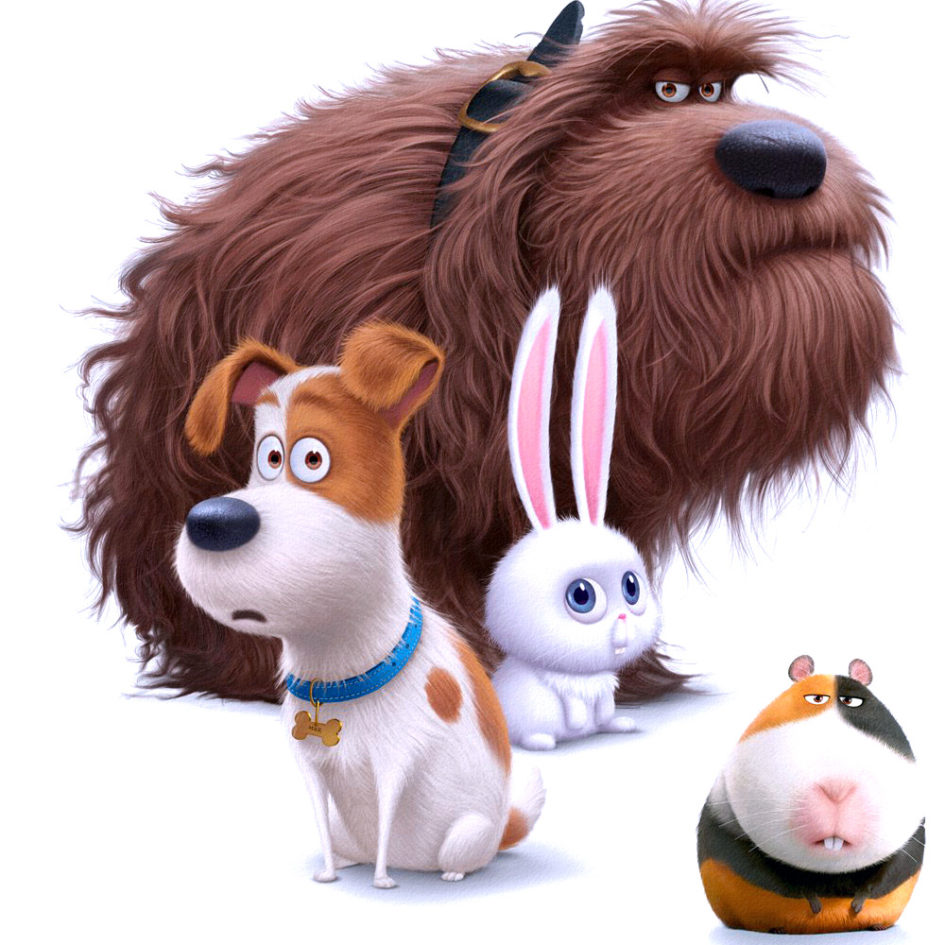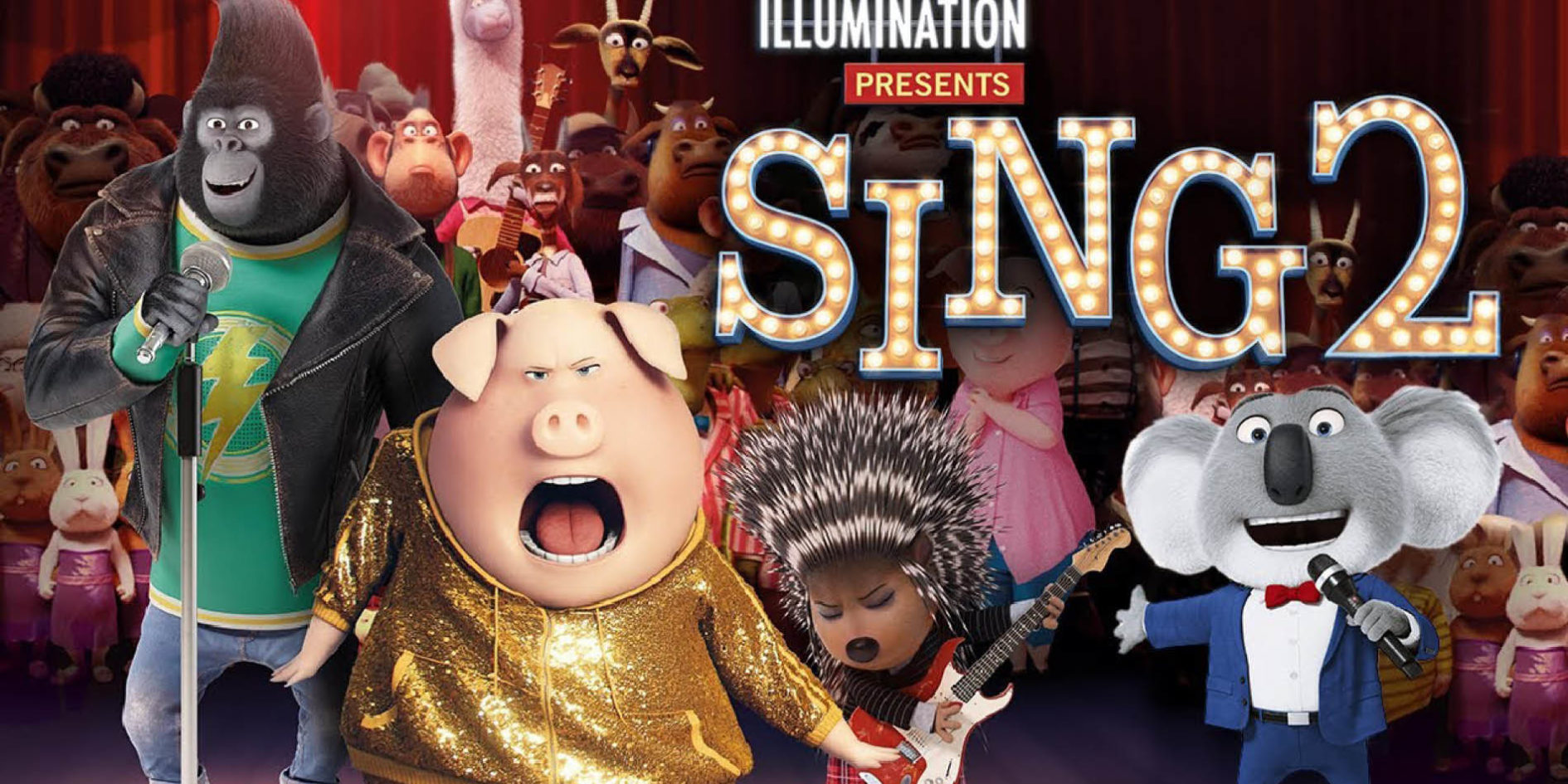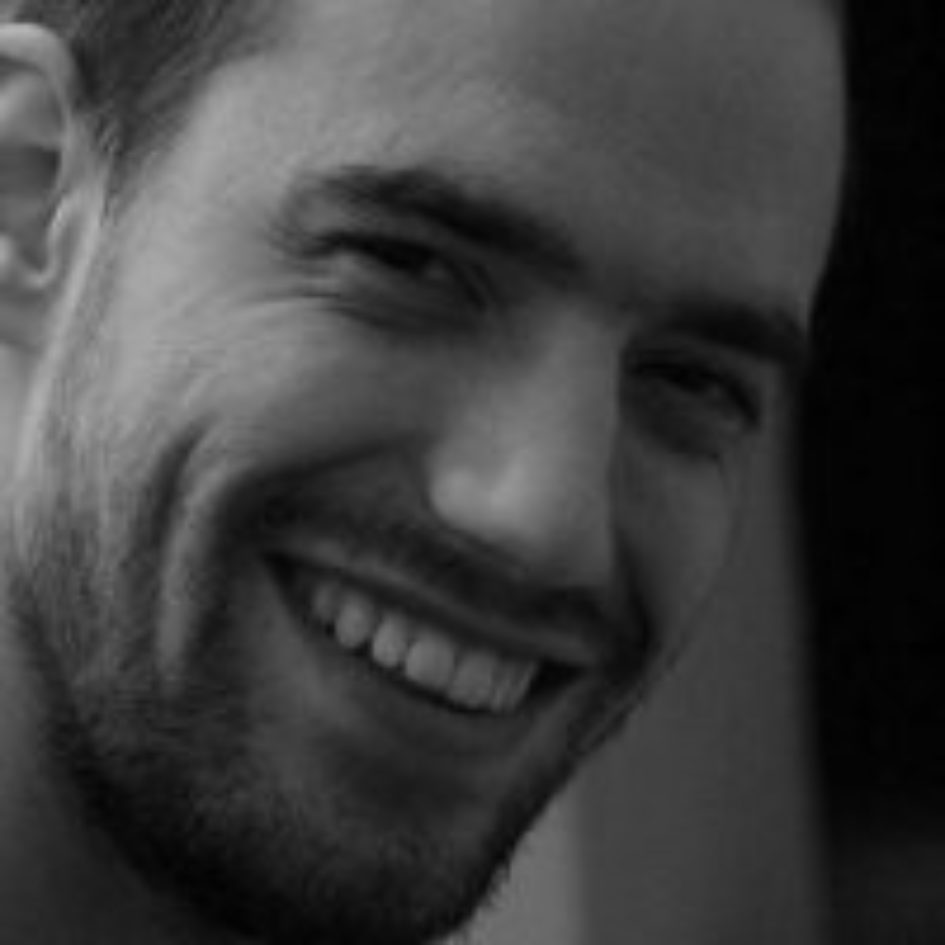
Josselin Jallut
Josselin Jallut is a CFX TD at Illumination Mc Guff. Hired by them two months after graduating from ESMA in 2009, Josselin is a forward thinker who specialized in close-up even before the expansion of this practice. This allowed him, from the beginning, to train his colleagues in this very particular branch of FX.
A look back at your years at ESMA
WHY DID YOU CHOOSE TO STUDY CG ANIMATION AND SPECIAL EFFECTS?
At the beginning I was doing a little CG in my corner, then it turned out that I downloaded maya during personal tests. Encouraged by my mother, I went to the ESMA open days and I realized that it was a universe that corresponded to me. So I enrolled at ESMA in Montpellier in 2006 and I followed the three years of the CG Animation and Special Effects program. As the course progressed, I discovered that I was more of a technician than an artist. That’s why I turned to technical data.
WHAT DO YOU REMEMBER FROM YOUR TRAINING AT ESMA?
I retain the global instruction of the software, the endurance and the search for excellence in all the fields. In terms of knowledge, I was lucky enough to be able to train newcomers to the company on tools they didn’t know. It seemed strange to me that they didn’t know this, but for me these were tools that I used every day during my training at ESMA. As time went by, I realized that at ESMA there was a more rigorous knowledge of the software than at other schools.
WHY DID YOU CHOOSE TO STUDY AT ESMA?
It’s where I felt most welcome, and the fact that the school is in Montpellier also suited me well. In addition, at that time, one of my cousins was in his third year at ESMA. He told me that he was happy with the school and the training it offered.
WHAT DID THE TRAINING AND THE TEACHERS BRING YOU?
Rigor, work well done, as well as an ability to work a lot and for a long time without any problem. Finally, I would say that the training gave me a thorough knowledge of the entire field which then allowed me to be more comfortable in production.
WAS THERE A SUBJECT THAT YOU LIKED IN PARTICULAR?
Even though I wasn’t very good at drawing, 2D animation was a class that I found very cool. I also really liked image and sequence analysis, because I thought it was crazy to discover all the codes of a film in a single image or sequence.
But then I was there to do CG, and I particularly enjoyed FX. Even if at the time the teaching of this subject was not as advanced as today.
HOW DID YOUR PROFESSIONAL IMMERSION GO AFTER GRADUATING FROM ESMA?
Thanks to ESMA, recruitment days were organized after the screening of our final year films.
On this occasion, I was lucky enough to be accompanied by Gérard Raucoules (head of the CG Animation & Special Effects program) who pushed some people to give me a chance. I still thank him for having pushed people to believe in me.
I got my first place at Illumination Mac Guff two months after the end of year film screening. I fell into a department where few people were already trained, while I came in with a resume that showed I had already worked on a short film and on the clothing simulation. That made it easy for me to get the job so I could start as a junior in that area. I was then able to move up the ladder without too much difficulty because I already had a global vision of the technique, allowing me to store new information more easily.
Of our 2009 class, 80% of the students found a job within three months after graduation. My debut was on Despicable Me.
Your career path
SINCE YOU LEFT SCHOOL YOU WORK AT ILLUMINATION MACGUFF AS A CFX ARTIST. CAN YOU TELL US ABOUT YOUR CURRENT JOB, WHAT DOES IT CONSIST OF AND WHAT DO YOU LIKE ABOUT IT ?
Apart from Illumination Mac Guff, I’ve only worked for one other studio: Bibo Films, on the movie A Monster in Paris.
The advantage is that at the beginning I was only doing shots. That is to say that I used the work of other people to make my simulation in the shot, of my various characters. As time went by, I progressed to the setup team. This consists of creating the whole dynamic system of the character, which is then used by all the graphic designers who are in the plan.
Finally, the role of the designer in the plan is to correct and change a little the parameters to make the simulation go to the plan. But it is necessary to have more technical knowledge in the set up than in the plan.
The CFX (character FX) are the special effects that are directly attached to a character; that is to say the animation by the dynamic simulation of clothes and hair. Close meaning “fabrics” we also deal with the construction of sets (scenery, curtains, …) and any flexible elements.
It is a specific branch of special effects because we are a bit in the family of FX, while being part of the animation. I see it as a sublimation of animation because we add details to the animation of the characters.
I assume that if the work is well done it doesn’t show, and if it’s badly done it shows. It must be realistic while remaining in the graphic universe of the film we are making. Rather than drawing to create movements, I will instead use algorithms through the machine to help me make the movement I want and need.
This department is pretty generalist in its knowledge and that’s what I like. That’s why I stayed there. You need texture knowledge to influence your FX, and you work directly with the hair to generate the dynamics on the hair, which allows you to understand how the hairstyles are made.
I love my job because I never get bored. There are always different ways to get the same result.
WHAT ARE THE SKILLS AND QUALITIES REQUIRED TO DO THIS JOB ?
The observation of the reality and the animation films that already exist. I think you also need to have some knowledge of drawing. Especially in terms of cartoon.
It is also important to have a certain mastery of timing. For example, if you just have a ball with two eyes, it is clear that there is nothing in terms of modeling and that the graphics are poor. However, an animator, with the right timing and the right shapes, can give life to this ball and these two eyes.
That’s why in most of the big animation companies, the animation department is the one that is the most emphasized because it’s the one that gives life to the character, that gives the quality of a movie. Even if graphically it’s not pretty, if the animation is good, it’s bound to look better than something realistic.
CURIOSITY: DID YOU GO TO SEE THESE FILMS IN THE CINEMA?
I always wait a bit before going to see the films I’ve worked on. They offer us private screenings but I don’t go often. I prefer to wait and go see it once I’ve disconnected from the work I may have had on it.
DO YOU FEEL THAT YOUR TRAINING HAS HELPED YOU WORK WITH OTHER DEPARTMENTS IN ANIMATION IN YOUR CURRENT JOB?
At the time, we didn’t learn close-up, but the training at ESMA required being able to understand the workings of the other departments in CG animation. It was clearly useful when I arrived at Illumination Mac Guff because this department requires knowledge of animation, dynamics techniques, rigging, but also texturing techniques.
CFX artists have a pretty comprehensive knowledge of the little tools and that’s what’s interesting about this job because you never get bored. There are many different ways to get to the same result. As a result, there is a tendency to want to master all of the tools in the software in order to achieve your goals. However, with the training at ESMA, we have this vision and this overall knowledge that allows us to be sure of what we are doing, while being aware of the problems of the following departments.
WHAT ARE YOUR INFLUENCES?
I don’t really have any influences. Of course, I like the PIXAR films because of the combination of cartoon and realism. That’s one of the interesting elements of inspiration. At Mc Guff studio, my superiors brought me their know-how, their visions on things, and that was inspiring. Lately I’ve been working with a supervisor, Milan Voukassovitch, with whom I had a good working relationship. During our common projects, we were always looking to go forward, with new techniques, to have a better rendering.
However, clothing simulation is not a media field, so there is no name that stands out. There is no star of the close.
WHAT WAS YOUR LAST ANIMATION PROJECT?
I just finished working on Sing 2 (French title: Tous en Scène 2). I think it’s a good and interesting sequel.
IF YOU HAD TO DESCRIBE YOUR JOB IN 3 WORDS?
Observation, technique and animation. I would even say that it is the technique of the observation of the animation.
To conclude
WHAT ADVICE WOULD YOU GIVE TO A YOUNG PERSON WHO WOULD LIKE TO GO INTO THIS FIELD?
You should try to devote all your energy to animation, in order to put your years of training at the service of your future. Do only that! Whether it is at school or outside of school. To test and look at things, to learn different fields because we don’t know yet which one we will like and which will suit us the most. You have to find the specialty in which you will have fun.
I realize that even though I had a comprehensive education, there are some things that I only learned on the surface that I should have learned more about.
I advise them to focus on their studies as much as possible and not to hesitate to test different software. This is the best time to test because they are not used to it yet. Don’t be afraid to ask questions. It is very useful to go to studios to see how things are going, or to ask technical questions on the internet. Now is the time to experiment with things because once you’re in the workforce, you lose the desire to get back on the computer to do personal projects after a day of work.






